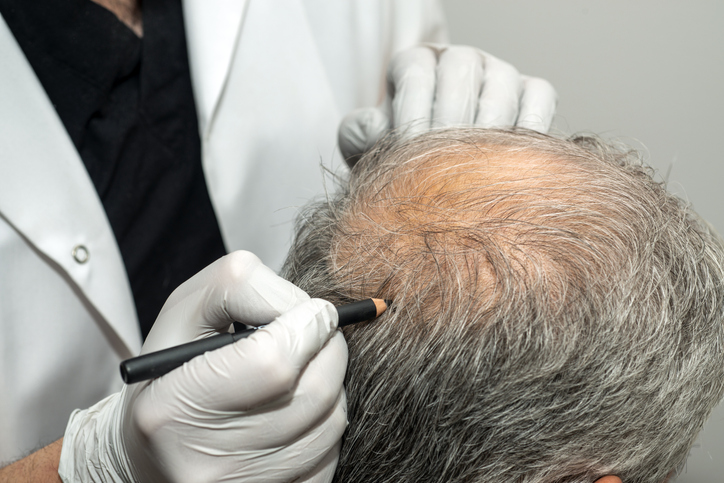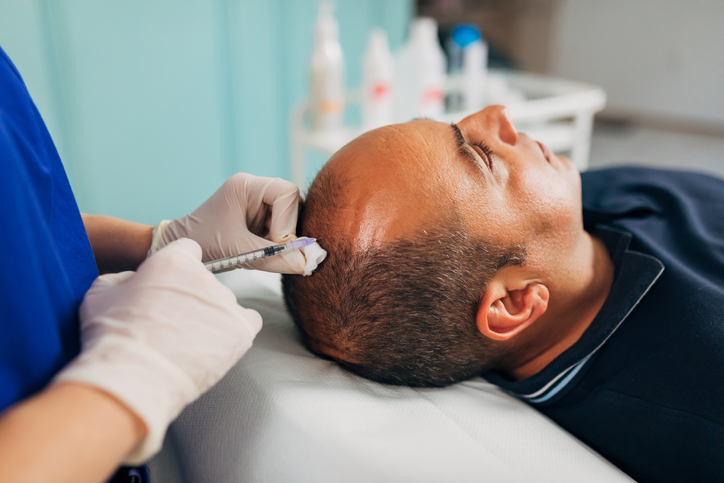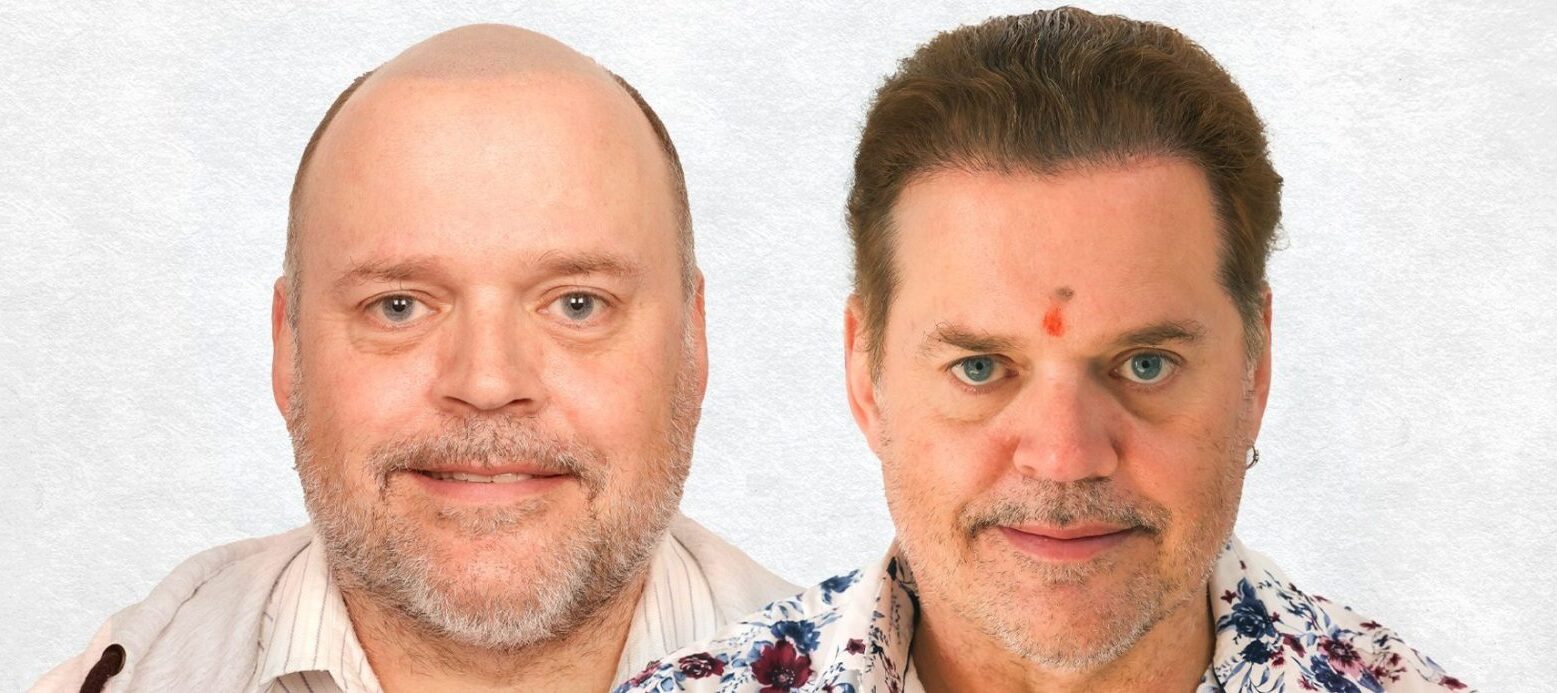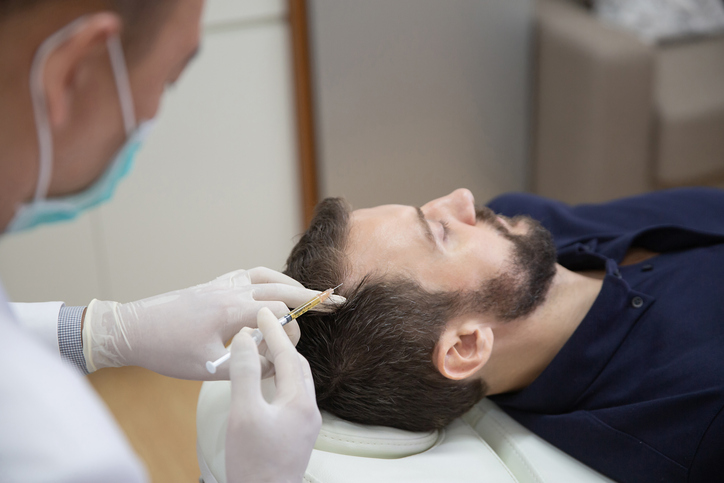Hair loss can be a distressing experience for many individuals, but thanks to advancements in technology, hair transplantation techniques have significantly evolved. Follicular Unit Extraction (FUE) is a popular and minimally invasive method for hair restoration, and technology plays a crucial role in enhancing the precision, efficiency, and overall outcomes of FUE hair transplant procedures. Here are the various ways technology has revolutionised FUE hair transplants.
Robotics and Automated Systems:
One of the remarkable advancements in FUE hair transplant technology is the use of robotics and automated systems. These systems, such as the ARTAS Robotic System, utilise artificial intelligence and sophisticated algorithms to assist surgeons in the extraction of hair follicles. With robotic assistance, the procedure becomes more precise and consistent, minimising the risk of human error. Robotic systems can identify and select the most suitable donor follicles for extraction, resulting in improved graft survival rates and overall aesthetic outcomes.
Punch Devices and Microtools:
Technology has led to the development of specialised punch devices and microtools used in FUE procedures. These tools have become increasingly refined, allowing surgeons to extract individual hair follicles with greater precision and minimal trauma to the surrounding tissue. The use of smaller punches and microtools reduces the size of the extraction wounds, leading to faster healing, minimal scarring, and a more comfortable recovery for patients. These advancements in tools have greatly contributed to the overall success and patient satisfaction rates of FUE hair transplants.
Imaging and Digital Planning:
Digital imaging and planning technologies have transformed the way surgeons approach FUE hair transplants. Three-dimensional (3D) imaging systems, such as the Trichoscan and the HairCheck, enable surgeons to assess the extent of hair loss, measure hair density, and plan the distribution of hair follicles more accurately. These digital tools provide a visual representation of the patient’s scalp, helping surgeons create a customised treatment plan tailored to each individual’s needs. Precise digital planning ensures optimal hairline design, graft placement, and overall aesthetic results.
Trichoscopy and Video Microscopy:
Trichoscopy and video microscopy are advanced imaging techniques that allow surgeons to examine the scalp and hair follicles at a microscopic level. Trichoscopy involves using a handheld device with a magnifying lens and light source to assess hair and scalp conditions. Video microscopy, on the other hand, involves capturing high-resolution images and videos of the scalp for detailed analysis. These technologies aid in evaluating the quality of donor hair, determining the appropriate extraction sites, and ensuring the viability of hair follicles for transplantation. Trichoscopy and video microscopy enable surgeons to make more informed decisions during the FUE procedure, leading to improved graft survival rates and overall patient satisfaction.
Platelet-Rich Plasma (PRP) Therapy:
Platelet-Rich Plasma (PRP) therapy is a regenerative technique that has gained popularity in conjunction with FUE hair transplants. PRP therapy involves isolating and concentrating the patient’s own platelets, which contain growth factors that promote tissue repair and stimulate hair follicle regeneration. Advanced technology is used to extract and process the PRP, ensuring a high concentration of growth factors. PRP therapy is often combined with FUE hair transplants to enhance the healing process, promote hair growth, and improve the overall results. The incorporation of PRP therapy showcases how technology can complement and augment traditional hair restoration techniques.
Scalp Cooling Systems:
Scalp cooling systems are innovative devices used during FUE hair transplant surgeries to minimise discomfort and reduce thermal damage to the surrounding tissue. These systems use advanced cooling technology to cool the scalp before, during, and after the procedure, providing a numbing and soothing effect. By maintaining a controlled temperature, scalp cooling systems ensure a more comfortable experience for patients, improve the precision of graft placement, and facilitate a faster recovery.
Data Management and Integration:
Technology plays a vital role in data management and integration during FUE hair transplants. Electronic medical records (EMRs) and specialized software allow surgeons to document and track patient information, including pre-operative assessments, surgical plans, and post-operative progress. This digital integration improves communication, streamlines processes, and facilitates the analysis of patient outcomes over time. By effectively managing data, surgeons can continuously refine their techniques, share best practices, and contribute to advancements in the field of hair transplantation.
In conclusion, technology has revolutionised the field of FUE hair transplant, enhancing the precision, efficiency, and overall outcomes of the procedure. Robotics and automated systems, specialised punch devices, digital imaging and planning, trichoscopy, video microscopy, PRP therapy, scalp cooling systems, and data management tools have significantly advanced the practice of hair restoration. As technology continues to evolve, we can expect further refinements in FUE hair transplant techniques, leading to even better results and improved patient experiences.





